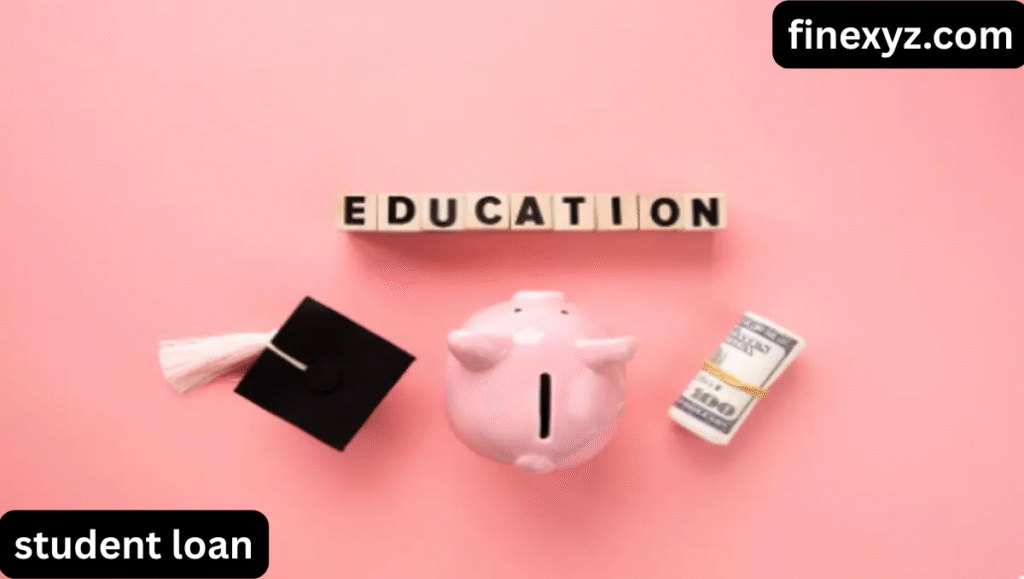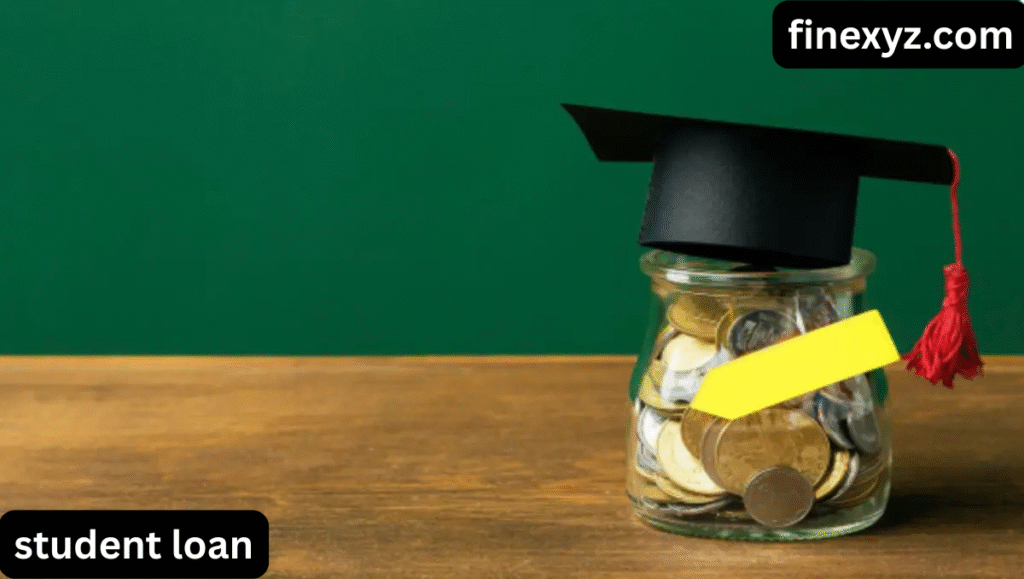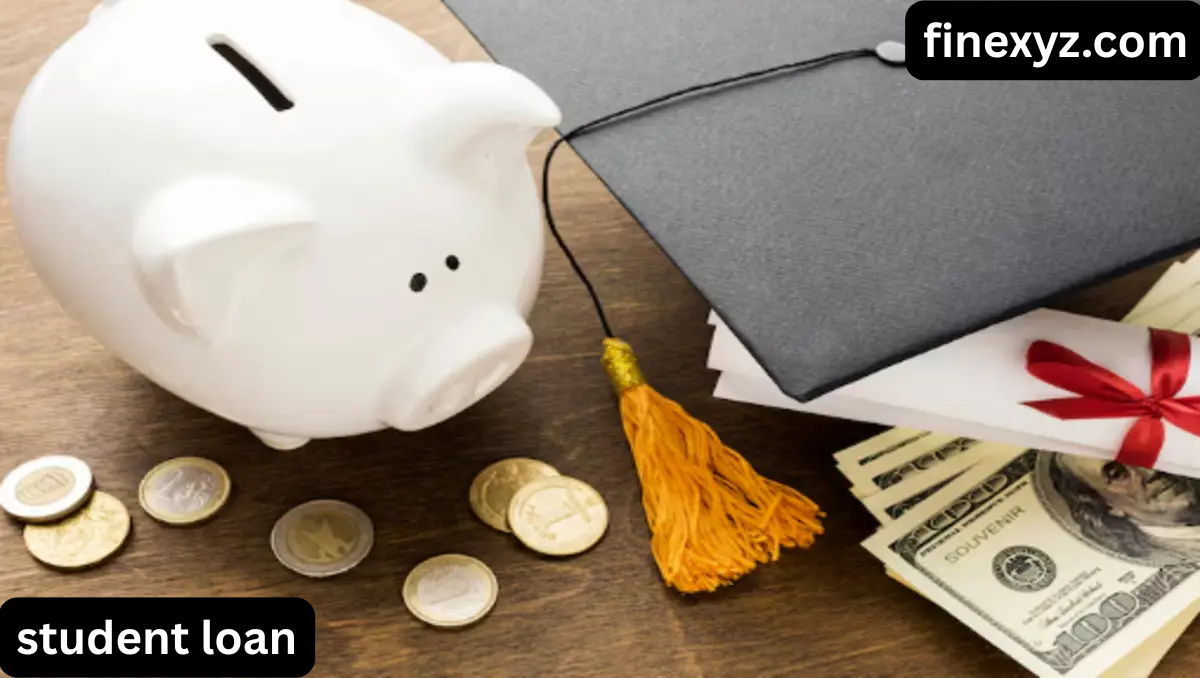Welcome to the world of student loans. Understanding how student loans work is essential for managing your money, whether you are a current student or a recent graduate. This article will walk you through the many types of loans available, how to apply, repayment alternatives, and debt management suggestions. We’ve kept things simple so you can make confident decisions regarding your school financing.
What is a student loan
Welcome to the best guide on student debt! Whether you’re just starting college or about to graduate, this article will explain how student loans operate, how to apply for them, and how to manage your debt. We’ll explain everything in simple terms so you can make informed decisions and take control of your financial destiny.
Student loans differ from other forms of loans in that they often have lower interest rates and more flexible repayment choices. However, just like any other debt, it is critical to completely grasp the loan terms before borrowing.
Types of Student Loans
There are two sorts of student loans: federal and private.
1. Federal Student Loans.
These loans are issued by the government and include protections and perks that commercial lenders do not. Some commonly used federal student loans include:
- Direct subsidized loans: These are need-based loans, which means you must have a financial need to qualify. The government pays the interest while you are in school, making these loans more affordable.
- Direct Unsubsidized Loans: These loans are not based on financial need, and the borrower is responsible for paying the interest, even while attending school.
- PLUS Loans: These loans are for parents of dependent undergraduate or graduate students. The interest rate is greater than on other federal loans, and you must pass a credit check to qualify.
- Perkins Loans: These are low-interest loans for students who have demonstrated extreme financial need, though they have been phased down in recent years.
Federal loans frequently feature more favorable terms, such as income-based repayment plans and possibilities for deferment or forbearance if you are experiencing financial difficulties.
2. Private student loans.
Private loans are available from banks, credit unions, and other financial institutions. These loans often have higher interest rates and less flexibility than government loans. They may be a viable choice if you’ve reached your federal loan limits, but they should be handled with prudence.
Private loans, unlike federal loans, are subject to a credit check and may require a cosigner. They may also not provide deferment or income-based repayment arrangements. Before deciding on a private loan, make sure to carefully examine interest rates and payback terms.

How do student loans work?
When you take out a student loan, the funds are usually transferred straight to your school to cover tuition, fees, and other educational expenses. Any residual funds are typically handed to you to cover other expenses, such as books or lodging.
Interest on student loans starts accruing as soon as the loan is disbursed. However, with subsidized loans, the government pays the interest while you are in school. With unsubsidized loans, the interest will accrue while you are in school, and you will be responsible for paying it.
After graduation, you will enter a grace period, which is usually six months for federal loans. During this time, you are not required to make payments, although interest may still accrue depending on the sort of loan you have.
Once the grace period expires, you must begin repaying the debt. There are several repayment alternatives available based on the sort of loan you have. You may be qualified for Income-Driven Repayment plans on federal loans, which base your monthly payments on your income.
How to Manage Your Student Loan Debt
Managing student loan debt can be intimidating, but it’s critical to remain proactive. Here are a few strategies for managing your student loans.
1. Understand your loans.
The first step is to grasp the specifics of your loans. Keep note of the amount you owe, the interest rate, and the payback schedule. You can view your federal loan details using the National Student Loan Data System (NSLDS).
2. Make payments throughout school.
If possible, begin making interest payments on your loans while still in school. Even if it’s a modest amount, it can help reduce interest from accumulating and your loan debt from rising too quickly.
3. Consider Repayment Options
After graduation, consider your repayment choices. Federal loans provide many repayment options, including the Standard Repayment Plan, Income-Based Repayment, and Income-Driven Repayment programs. If you are having trouble making full payments, these programs can help make them more bearable.
4. Refinance or consolidate.
If you have several loans, consider consolidating or refinancing them. Loan consolidation merges various federal loans into a single loan, making payments more manageable. Refinancing, on the other hand, can help you receive a reduced interest rate, but it only applies to private loans or federal loans that are no longer eligible for federal programs.
5. Stay on top of payments
One of the most crucial things you can do is keep current on your student loan payments. Missing payments can have a negative influence on your credit score and result in late penalties. If you’re having trouble making payments, call your loan servicer right away to explore options such as deferment, forbearance, or income-based repayment programs.
Importance of Planning Ahead
Student loans can be a useful tool for financing your education, but you must prepare ahead. Borrow only what you need, and think about how much you can actually afford to repay after graduation. You may efficiently manage your debt by borrowing strategically and using repayment choices.

Conclusion
Student loans can be an effective way to pay for college, but they come with the added obligation of repayment. Understanding the various types of loans available, how they operate, and how to handle them is critical for financial success. Borrow prudently, make on-time payments, and look into repayment options to reduce the stress of student loan debt and focus on establishing a successful future.
Read more
Faq’s
1. Define a student loan.
A student loan is money borrowed to pay for school and repaid with interest after graduation.
2. How does one apply for a student loan?
Fill out the FAFSA for federal loans or apply straight to a bank for private loans.
3. When do I start repaying my student loan?
Repayment begins six months after graduation for federal loans, but private loans may differ.
4. Can I lower my student loan payments?
Yes, you can explore income-based repayment programs or loan extensions.
5. What happens if I can’t make my payments?
Contact your loan servicer to discuss options such as deferral or income-based repayment programs.

6 thoughts on “How to Get Student Loan in 2025”